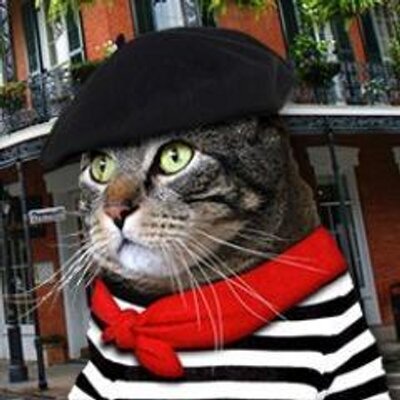投稿者:鈴木小太郎 投稿日:2011年 3月 9日(水)22時36分58秒
>筆綾丸さん
八幡神の使いが鷹だという記述以降はきちんと読んでいなかったのですが、確かに「初午」で馬とつながりますね。
それと、「中途半端に日本の宗教に詳しい外国人」などと言ってしまいましたが、八幡神の使いが鷹だと思っている日本人は、稲荷神の神階が従一位だと思っている日本人と同じくらいはいるでしょうから、これも勝手に決めつけてはいかんですね。
将来、英文ページが変更されるかもしれないので、記念に保存しておきます。
------------
The Inari Diety is not a Fox
The great Kami Inari and the Kasama Inari Jinja
The kami enshrined at Inari shrines is named Ukanomitama no Kami, a deity which presides over the root of life. Known as a deity of fertility and reproduction, rebirth, growth and productivity, and protection against fire, the deity is worshiped for its great and boundless virtue. We are given life by the workings of this kami's spirit, which has an intimate relation to all aspects of our life as human beings.
The motif of the fox or horse which is frequently associated with this kami is due to the role of these animals as messengers of the deity, similar to the hawk found at Hachiman shrines and the "Korean lions" (komainu) at many local ujigami (local tutelary deity) shrines. In the medieval period, many such animals were believed to to act as intercessors, carrying the manifold entreaties of humans to their masters in the divine world, and this custom continues at present.
In ancient Shinto, the "mountain kami" was believed to descend from its winter residence in the mountain to become the "paddy field kami" (ta no kami) in the spring, residing there during the subsequent agricultural season. Following the fall harvest, the deity would return once again to its winter home in the mountains in its role as the "mountain kami." In the same way, the fox makes its first appearance near human habitations about the time of new year's "first day of the horse," returning to its winter home in the mountains like the yama no kami after the fall harvest. As a result, the adoption of the fox motif as the messenger for the Inari deity is likely based on the symbolic relationship between the "mountain kami - field kami" belief of ancient Shinto, and the characteristic activity of the fox, which makes its appearance in human habitations around the same time.
http://www.kasama.or.jp/english/index4.html















